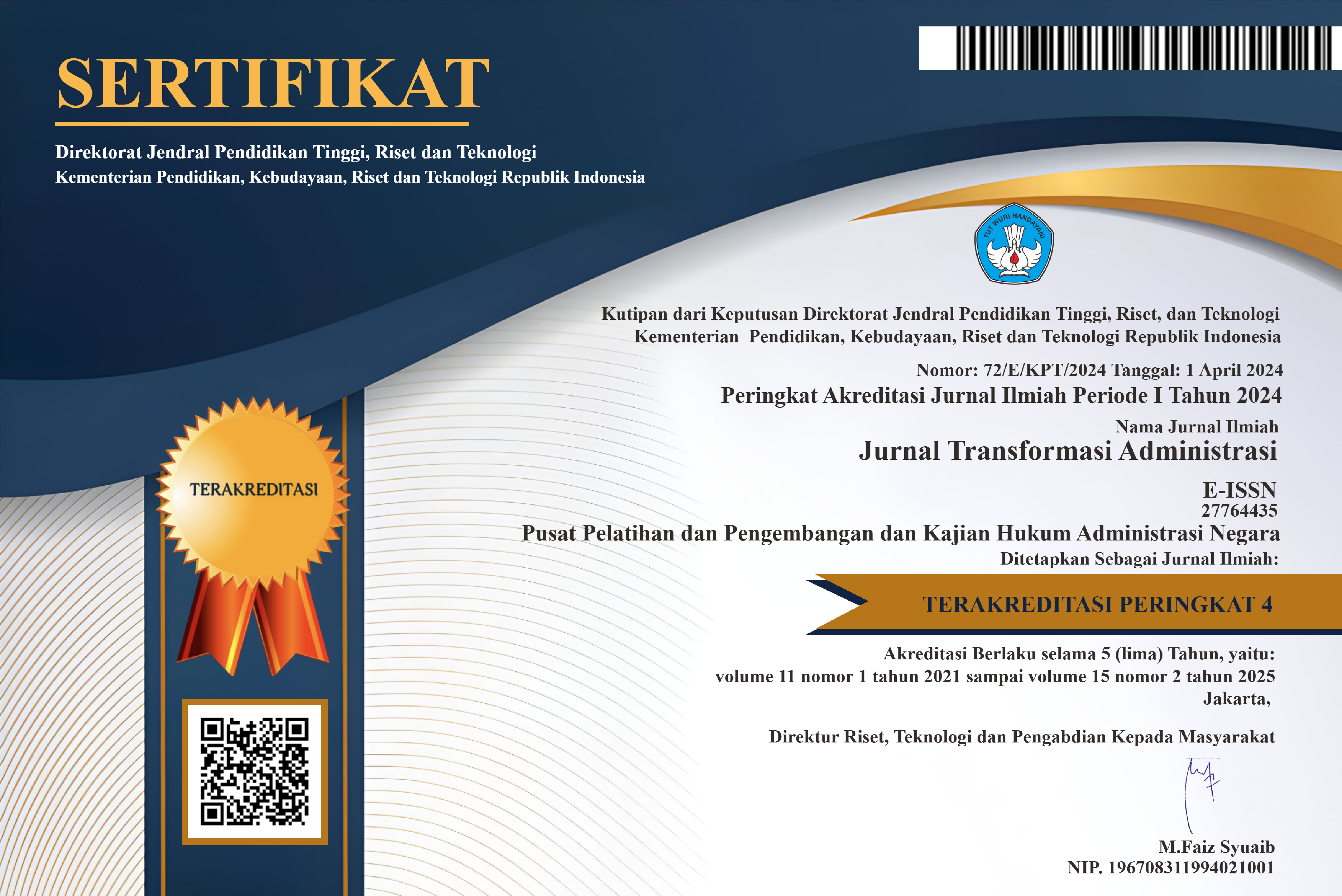THE PERSPECTIVE OF STUDENT OF THE UNIVERSITY TOWARDS EDUCATION POLICY DURING COVID-19 PANDEMIC
DOI:
https://doi.org/10.56196/jta.v11i02.194Keywords:
online learning, university student, education policyAbstract
During the covid-19 pandemic spread Indonesia, educational system has been fluctuated. The face-to-face learning method soon is changed into the distance learning with the help of digital tools such as computer and internet. At the beginning, the compatible method was difficult to decide by the educational practitioners, particularly in Banda Aceh. However, the policy maker at higher education level especially at Syiah Kuala University has decided to use the mix method by implementing both classroom and online learning activity. In this study, the data were obtained through google form via social media such as WhatsApp. The participants who are in the 2nd and 4th semester were chosen in order to give their towards the new learning system. The results of this qualitative study indicated that most students (89.6%) agreed to the education policy. They (80%) also stated that they feel pleasure to learn with the mix methods in this semester. On the other hand, if the students could be able to choose without considering the side effects owing to the current pandemic situation, 51.8% of them preferred the face-to-face activity to online class.
References
Abed, E.K. (2018). Electronic Learning and its Benefits in Education. EURASIA Journal of Mathematics, Science and Technology Education, 15(3), 1-8.
Abuhammad, S. (2020). Barriers to distance learning during the COVID-19 outbreak: A qualitative review from parentsperspective. Heliyon 6, 1-5.
Arkorful, V and Abaidoo, N. (2014). The role of e-learning, the advantages and disadvantages of its adoption in Higher Education. International Journal of Education and Research, 2(12),397-410.
Baticulon, R.E., et.al. (2021). Barriers to Online Learning in the Time of COVID‑19: A National Survey of Medical Students in the Philippines. Medical Science Educator.
Coman, C., et.al (2020). Online Teaching and Learning in Higher Education during the Coronavirus Pandemic: Students’ Perspective. Sustainability, 1-24.
Efriana, L. (2020). Problems of Online Learning during Covid-19 Pandemic in EFL Classroom and the Solution. JELITA: Journal of English Language Teaching and Literature, 2(1), 38-47.
Fatoni, (2020). University Students Online Learning System During Covid-19 Pandemic: Advantages, Constraints and Solutions. Systematic Reviews in Pharmacy, 11(7), 570-576.
Febrianto, P.T. (2020). Implementation of Online Learning during the Covid-19 Pandemic on Madura Island, Indonesia. International Journal of Learning, Teaching and Educational Research, 19(8), 233-254.
Jeffrey, L.M., Milne,J., & Suddaby, G. (2014). Blended Learning: How Teachers Balance the Blend of Online and Classroom Components. Journal of Information Technology Education: Research, 13, 121-140.
Laili, R.N, Nashir, M. (2021). Higher Education Students’ Perception on Online Learning during Covid-19 Pandemic. Edukatif : Jurnal Ilmu Pendidikan, 3(3), 689-697.
Lalima., Dangwal, K.L. (2017). Blended Learning: An Innovative Approach. Universal Journal of Educational Research, 5(1): 129-136.
Popping (2015). Analyzing Open-ended Questions by Means of Text Analysis Procedures. Bulletin de méthodologie sociologique, 1-24.
Zainuddin, Z., and Keumala, C.M. (2018). Blended Learning Method Within Indonesian Higher Education Institutions. Jurnal Pendidikan Humaniora, 6(2), 69–77.















